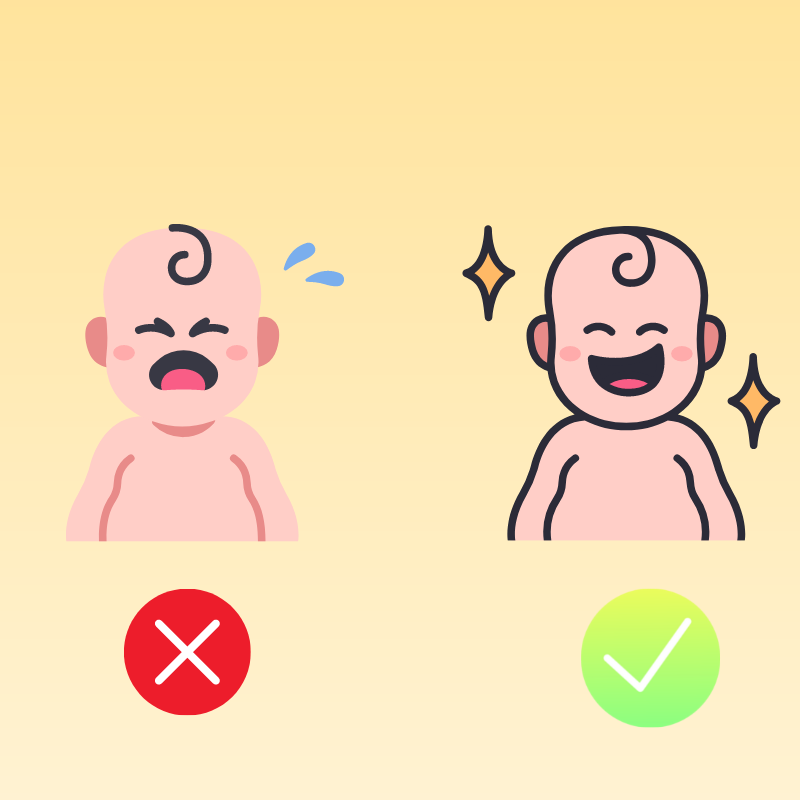Baby Food Is So Complicated? How to Handle That First Bite
If you have any queries or suggestions, please feel free to reach out via email to info@harisonfitness.com. We will do everything in our capacity to ensure that you love your experience with us.
Around 5 or 6 months old, moms will notice their babies start showing interest in family mealtimes. They’ll stare intently, mimic eating motions, and make smacking sounds. By this stage, the tongue-thrust reflex has disappeared, signaling it’s time to introduce solid foods! But many new moms face a dilemma: what should be the baby’s very first solid food?
01 How to Introduce the First Solid Food
Around six months of age, babies undergo blood tests to check iron levels during their check-ups. The iron reserves stored at birth are nearly depleted by this stage, making iron supplementation essential. At this point, relying solely on breast milk or formula is no longer sufficient to meet their growing nutritional needs. Beyond continuing breastfeeding or formula feeding, introducing solid foods provides an additional source of key nutrients and trace elements vital for the child’s development.
I’ve seen people share that older generations recommend giving babies rice water or vegetable juice when they start solid foods. These foods are nutritionally lacking. Take rice water, for example—it’s essentially just starch. But it’s also a low-density nutrient food (meaning it has a low ratio of nutrients to calories), which doesn’t meet the nutritional needs of infants after 6 months who require high-density nutrient foods. Eating it provides little nutritional value.

So, let’s start your baby’s first solid food with iron-fortified rice cereal. The gentle grain base is easier for babies to absorb and digest. This cereal is specially formulated for infants, enriched with essential vitamins, minerals, and nutrients like calcium, iron, and zinc to support your baby’s growth.
Some moms worry about store-bought products and opt to make their own rice cereal. However, homemade rice cereal isn’t suitable for babies just starting solids. It often lacks essential nutrients (like iron) and doesn’t achieve the same smooth texture as commercial products.
02 How to Introduce the First Solid Food
Iron-fortified infant rice cereal is relatively easy to dilute. Besides water at a suitable temperature, breast milk or formula can also be used for dilution. Once mixed into a slightly runny paste—roughly the consistency where it can be scooped up with a small spoon but doesn’t drip off quickly—it’s ready to serve.
For the first feeding, it’s just a trial. Don’t give too much. Use a baby-specific spoon to offer your baby one spoonful and observe their reaction. See if they can swallow it. If they don’t like it, don’t force it. Take it slowly and give your baby’s digestive system time to adjust.

Introduce solid foods for the first time when your baby is in a good mood, avoiding times when they’re hungry or sleepy. At these moments, babies tend to be fussy and just want to quickly fill up on milk. Try offering solids after a nap, or half an hour to an hour after a feeding. Keep the above points in mind, and best of luck to all moms in navigating that first solid food milestone!






Leave a Reply
Want to join the discussion?Feel free to contribute!